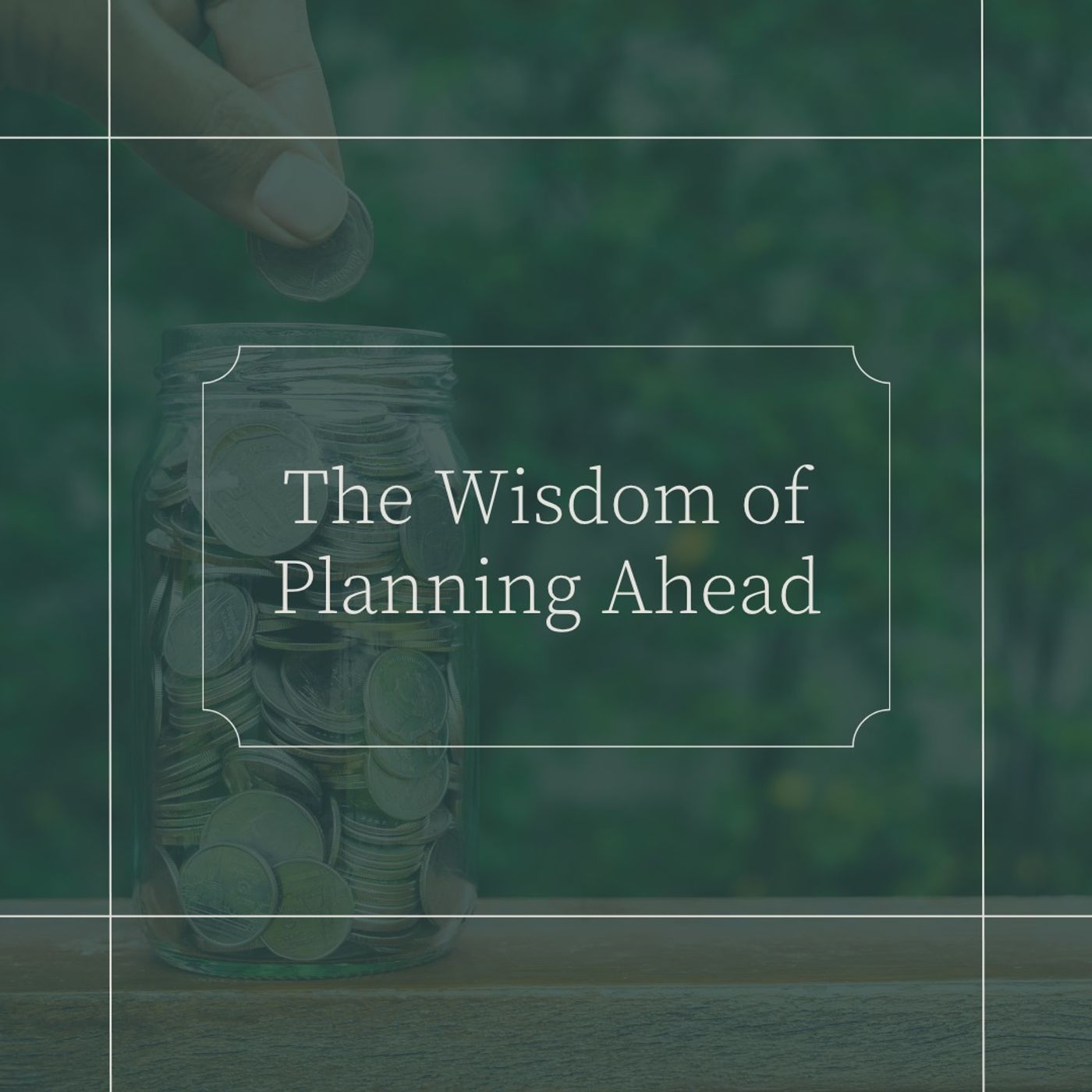What People Think About Inflation with Mark Biller
Faith & Finance with Rob West
Everyone knows what inflation means, right? You’d be surprised by how fuzzy some people think about inflation. Is inflation a rise in prices, or simply high prices? Or does it mean something else entirely? The results of a recent poll may surprise you, but we’ve got Mark Biller with us today to explain it. Mark Biller is Executive Editor and Senior Portfolio Manager at Sound Mind Investing, an underwriter of Faith & Finance.

Show Notes
Everyone knows what inflation means, right? You’d be surprised by how fuzzy some people think about inflation.
Is inflation a rise in prices, or simply high prices? Or does it mean something else entirely? The results of a recent poll may surprise you, but we’ve got Mark Biller with us today to explain it.
Mark Biller is Executive Editor and Senior Portfolio Manager at Sound Mind Investing, an underwriter of Faith & Finance.What is Inflation? A Common Misunderstanding
A recent survey revealed a significant misunderstanding among the general public about what inflation actually means. While 86% of respondents expressed concern about inflation, their definitions varied widely. Some believed it meant a rise in prices, others thought it referred to high prices, and there was confusion about the time periods involved—fewer than half correctly defined inflation as a rise in the cost of goods and services.
Economists vs. Everyday Experience
There needs to be more connection between how economists talk about inflation and how ordinary people experience it. Economists focus on the rate of change in prices, which peaked at 9% in June 2022 and has since declined to 3-3.5%.
However, this doesn’t mean prices are decreasing; they are simply rising at a slower rate. On the other hand, people experience inflation cumulatively. Since prices started soaring after COVID-19, the cumulative cost of inflation is between 22% and 25%.
You Might Also Like

November 28, 2025
The Wisdom of Planning Ahead
Saving for the future isn’t just smart—it’s biblical. Rob West points out that when you save consistently, you build mar...

November 28, 2025
Generosity Lessons from Joanna with Sharon Epps
“We love because He first loved us.” — 1 John 4:19 Those six simple words form the foundation of all Christian generosi...

November 27, 2025
Thanksgiving Day
Happy Thanksgiving! Thanksgiving Day stands alone as not commemorating a particular thing but in recognizing how broadly...